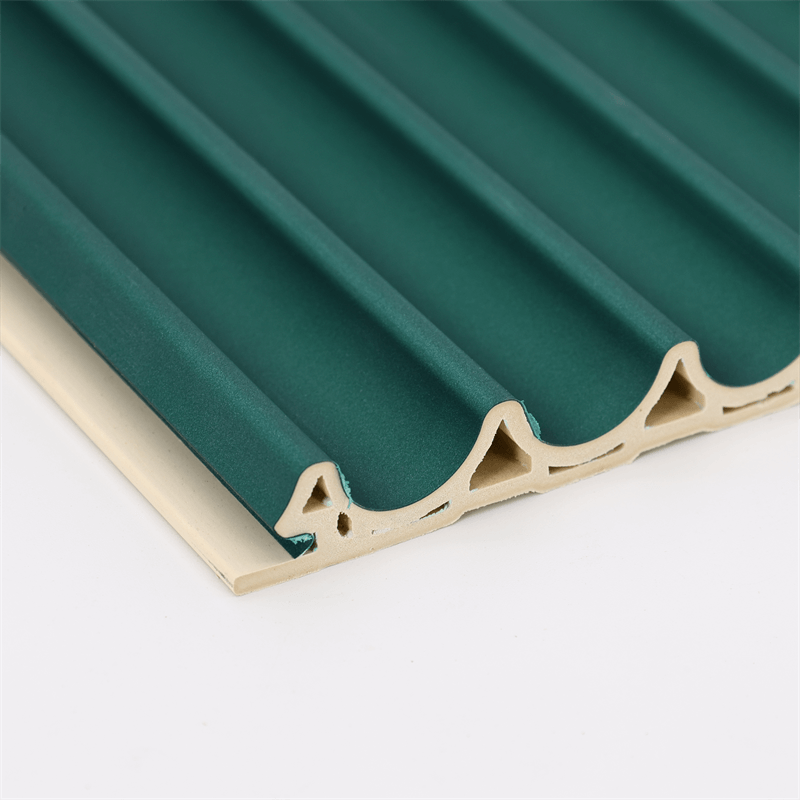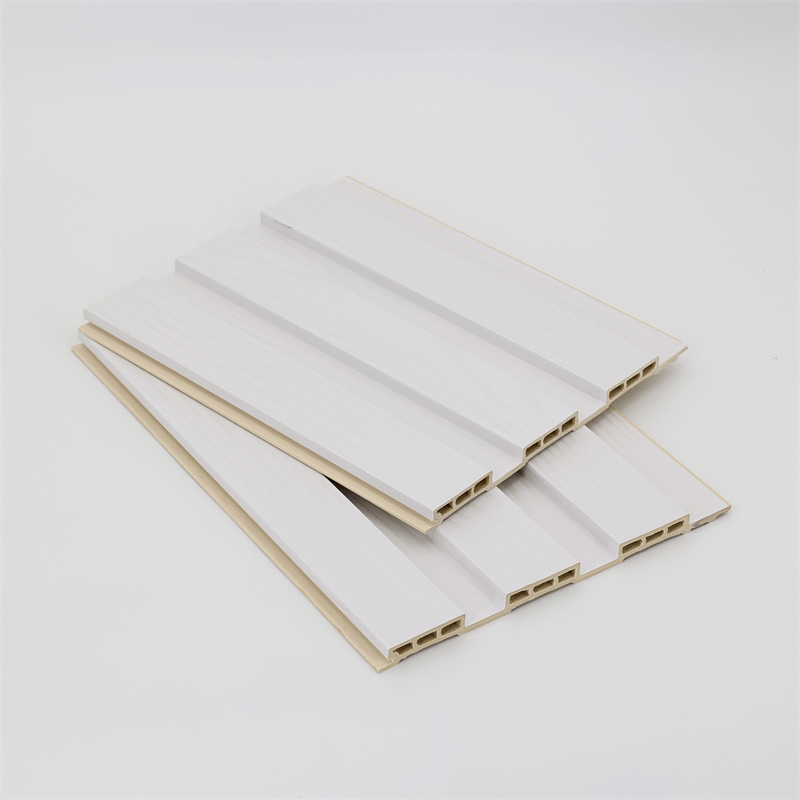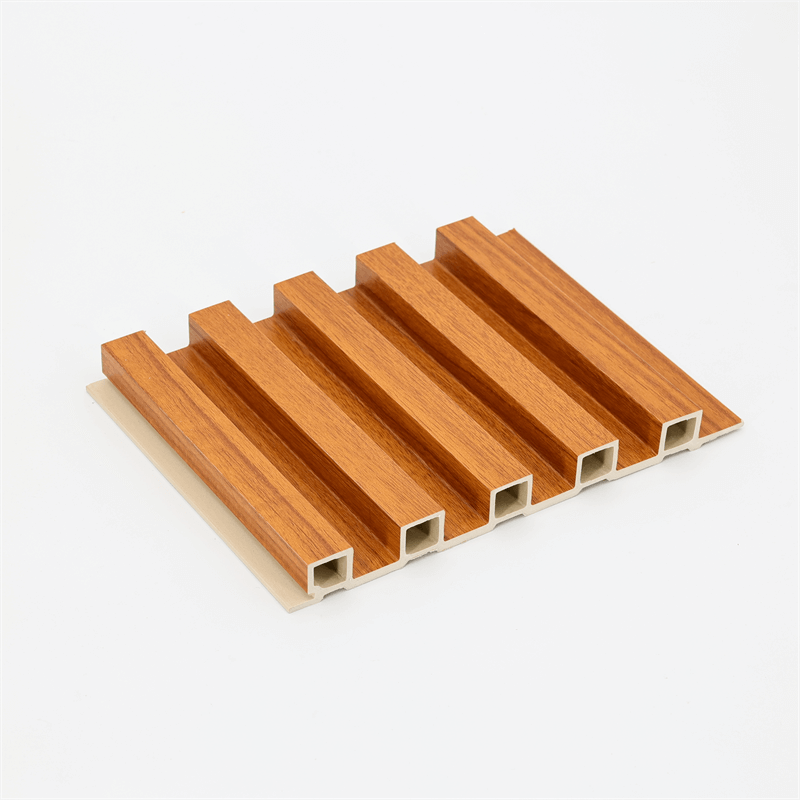The construction industry is constantly evolving, with new materials and technologies revolutionizing the way we build.
Wood-Plastic Composite (WPC) wall panels have emerged as a groundbreaking solution, offering a multitude of benefits that are shaping the future of construction.
This essay explores the potential and advancements of WPC wall panels, highlighting their sustainability, versatility, technological innovations, and potential applications in construction.
I. Sustainable Advancements in WPC Wall Panels:
Sustainability is a key focus in the construction industry, and WPC wall panels offer significant advancements in this area.
This section discusses the sustainable features of WPC panels and their impact on the future of construction:
- Use of Recycled Materials: WPC panels are manufactured using a combination of wood fibers and recycled plastic materials. By utilizing recycled content, these panels contribute to waste reduction, promote a circular economy, and reduce the reliance on virgin materials.
- Low Carbon Footprint: The manufacturing process of WPC wall panels requires less energy and emits fewer greenhouse gas emissions compared to traditional materials. As the world increasingly prioritizes sustainable construction practices, WPC panels offer a solution with a reduced carbon footprint.
- End-of-Life Considerations: WPC panels have the potential to be recycled or repurposed at the end of their lifespan. Proper disposal methods and recycling initiatives can help reduce waste and further enhance the sustainability of WPC wall panels.
II. Versatility and Design Innovations:
WPC wall panels offer versatility in terms of design and construction possibilities.
This section explores the advancements and design innovations that make WPC panels a game-changer in the construction industry:
- Customization Options: WPC panels can be customized to meet specific design requirements. They are available in a wide range of colors, textures, and patterns, allowing architects and designers to create unique and visually appealing facades.
- Integration of Technological Features: WPC panels can incorporate technological advancements, such as built-in insulation, soundproofing, or smart features. This integration enhances the functionality and performance of buildings, promoting energy efficiency and comfort.
- Modular Construction Applications: The versatility of WPC wall panels makes them ideal for modular construction techniques. The lightweight nature of the panels, combined with their ease of installation and customization, enables faster and more efficient construction processes.
III. Technological Innovations in WPC Wall Panels:
Technological advancements are rapidly transforming the construction industry, and WPC wall panels are at the forefront of these innovations.
This section explores the technological advancements that are shaping the future of WPC panels:
- Improved Material Performance: Research and development efforts are focused on enhancing the performance of WPC wall panels. This includes advancements in strength, durability, weather resistance, fire resistance, and overall structural integrity.
- Nanotechnology Applications: Nanotechnology is being explored to improve the properties of WPC panels. By incorporating nanomaterials, such as nanoparticles or nanofibers, into the composite structure, WPC panels can exhibit enhanced strength, toughness, and resistance to external factors.
- Digitalization and Building Information Modeling (BIM): Digitalization and BIM technologies are being integrated with WPC wall panels to streamline the construction process. This includes virtual modeling, accurate material estimation, and improved project coordination, resulting in increased efficiency and reduced waste.
IV. Potential Applications in Construction:
The future of WPC wall panels extends beyond traditional building facades.
This section explores the potential applications of WPC panels in various construction projects:
- Sustainable Housing: WPC panels can be utilized in sustainable housing projects, offering energy-efficient and eco-friendly solutions. Their lightweight nature, insulation properties, and customization options make them suitable for both residential and commercial buildings.
- Infrastructure Projects: WPC panels can be applied to infrastructure projects, such as bridges, sound barriers, or retaining walls. Their durability, weather resistance, and low maintenance requirements make them an attractive alternative to traditional materials.
- Interior Design and Fit-outs: WPC panels can be incorporated into interior design and fit-out projects, offering aesthetically pleasing and sustainable solutions. They can be used for wall coverings, decorative elements, or furniture, adding a touch of elegance to the interior spaces.

WPC wall panels are revolutionizing the construction industry, offering sustainable advancements, design versatility, technological innovations, and a wide range of potential applications.
As the world seeks more sustainable and efficient construction practices, WPC panels are positioned to play a vital role in shaping the future of construction.
With ongoing research and development, technological advancements, and increased awareness of sustainable construction practices, the potential of WPC wall panels is boundless.
The construction industry is embracing this transformative material, and its integration into various construction projects will pave the way for a more sustainable, efficient, and visually appealing built environment.


